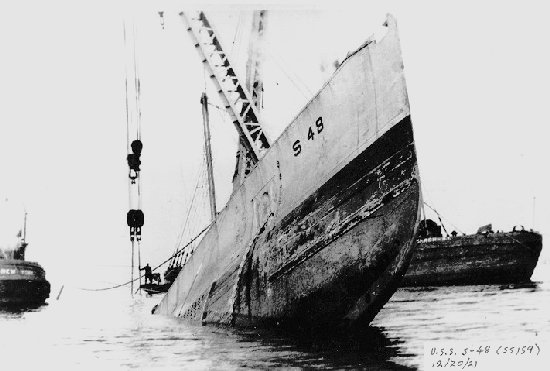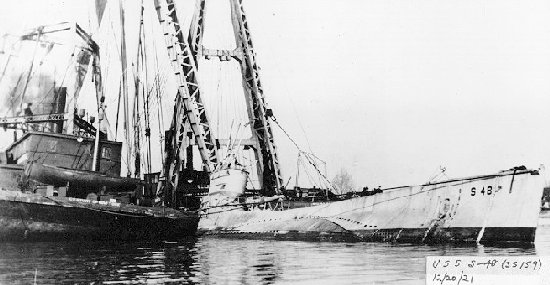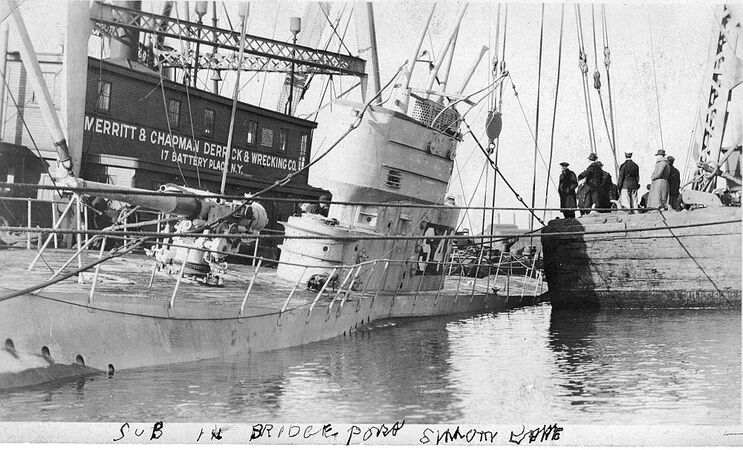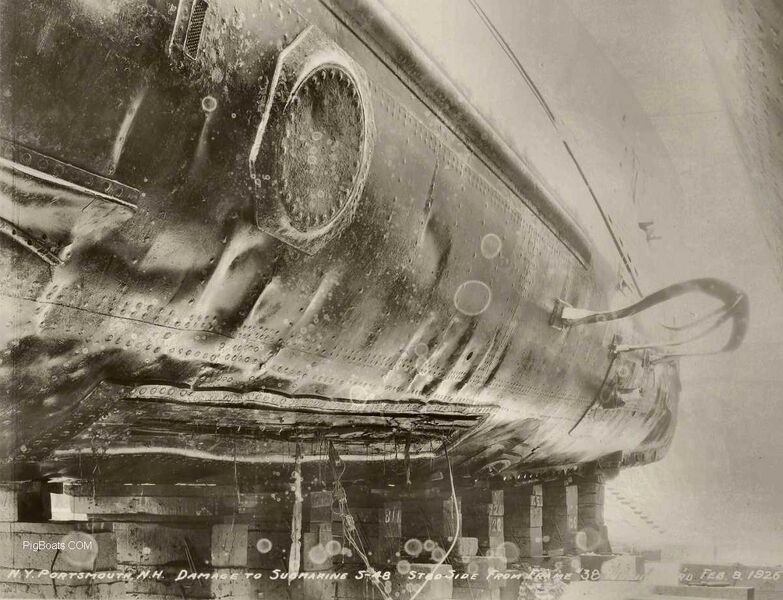S-48

U.S. Navy photo NH 108448 courtesy of the NHHC.

U.S. Navy photo NH 108453 via the NHHC.

There is another woman in tribal dress on the left and she is wearing a number of beaded necklaces. On her dress on the lower front is a swastika. It has nothing to do with the Nazi party at this time. It is an ancient symbol that has history going back thousands of years and has various meanings depending on the region of the world it appears. The word swastika derives from the Sanskrit "svastika" meaning "lucky or auspicious object". it is commonly used as a religious symbol in Hinduism and Buddhism. It was considered as a luck symbol in many cultures.
Photo in the private collection of Ric Hedman.

U.S. Navy photo NH 108451 courtesy of the NHHC.

U.S. Navy photo NH 108449 courtesy of the NHHC.

U.S. Navy photo NH 108450 courtesy of the NHHC.
-
U.S. Navy photo.
-
Photo courtesy of T. Gray Curtis.

Photo in the private collection of Ric Hedman.
-
U.S. Navy photo.
-
Photo in the private collection of Ric Hedman.
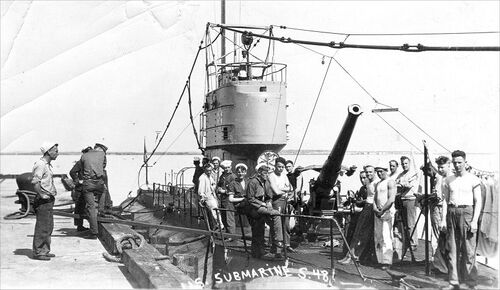
Photo in the private collection of Ric Hedman.

Photo in the private collection of Ric Hedman.
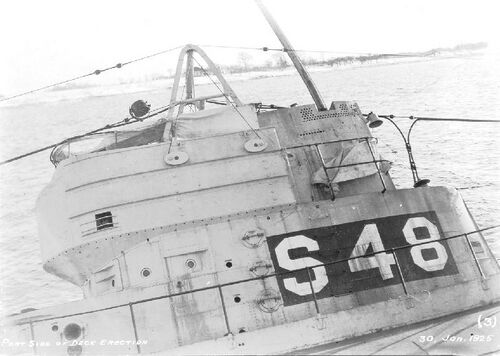
Photo in the private collection of Ric Hedman.

U.S. Navy photo.

U.S. Navy photo.

U.S. Navy photo.
U.S. Navy photos.

Photo in the private collection of Ric Hedman.
Page created by:
Ric Hedman & David Johnston
1999 - 2023 - PigBoats.COM©
Mountlake Terrace, WA, Norfolk, VA
webmaster at pigboats dot com

